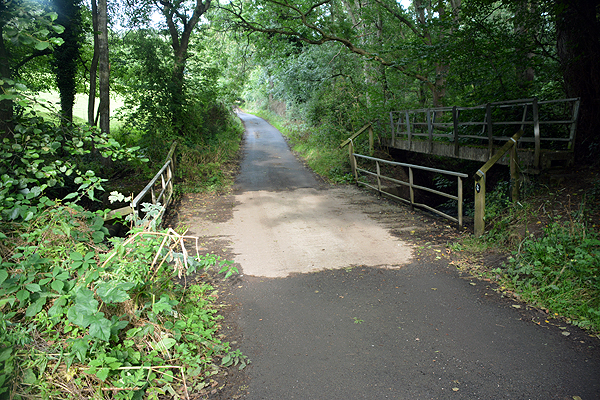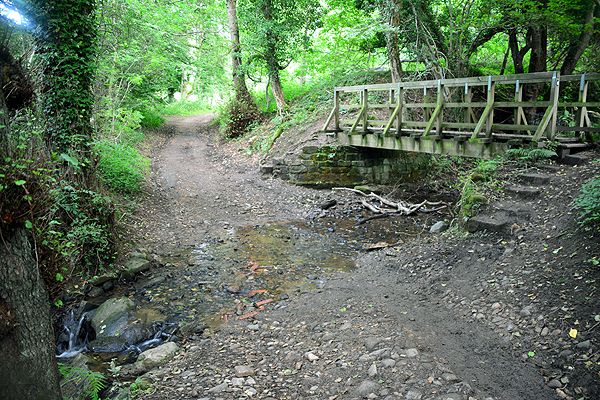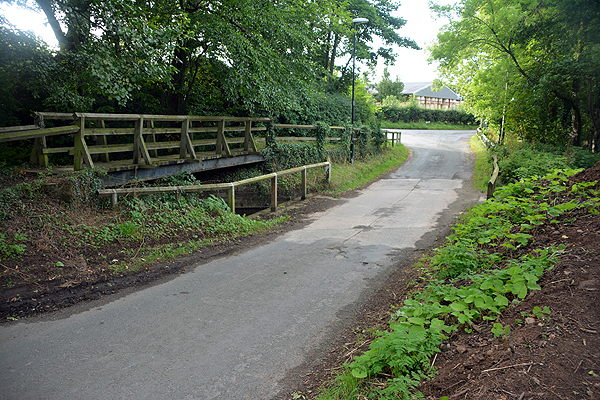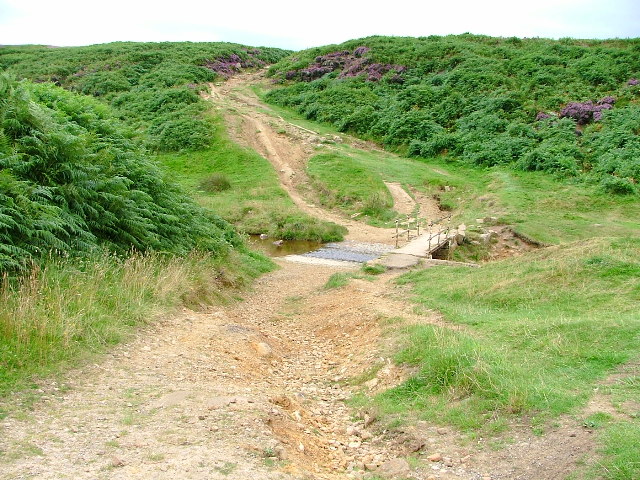Bittling Mill Wath
Lake, Pool, Pond, Freshwater Marsh in Yorkshire Hambleton
England
Bittling Mill Wath

Bittling Mill Wath, located in Yorkshire, is a picturesque freshwater marsh encompassing a lake, pool, pond, and a diverse ecosystem. Spanning across a vast area, this natural haven is a sanctuary for various species of flora and fauna. The tranquil lake, with its glistening water, serves as a focal point, providing a serene setting for visitors and wildlife alike.
Surrounding the lake, an array of aquatic plants thrive, creating a vibrant and colorful display during the spring and summer months. The delicate lily pads, reeds, and rushes not only enhance the aesthetic appeal of the area but also provide essential habitat and shelter for a myriad of aquatic organisms.
The pool, found adjacent to the lake, offers a different aquatic environment, characterized by its shallow depth and still waters. This unique ecosystem supports a distinct range of plant and animal life, including various species of waterfowl, amphibians, and invertebrates.
As one explores further into the marsh, they will encounter the pond, a smaller body of water nestled amidst lush vegetation. The pond serves as a breeding ground for amphibians, such as frogs and newts, which rely on its calm waters for their reproductive cycles.
Bittling Mill Wath is not only home to diverse aquatic habitats but also provides a haven for a wide variety of bird species. Visitors may spot majestic herons, graceful swans, and an array of ducks, all attracted to the rich food sources and peaceful ambiance offered by the marsh.
Overall, Bittling Mill Wath is a captivating natural oasis, where visitors can immerse themselves in the beauty of Yorkshire's freshwater environments, observe various species of flora and fauna, and appreciate the delicate balance of this thriving ecosystem.
If you have any feedback on the listing, please let us know in the comments section below.
Bittling Mill Wath Images
Images are sourced within 2km of 54.399165/-1.249283 or Grid Reference NZ4800. Thanks to Geograph Open Source API. All images are credited.

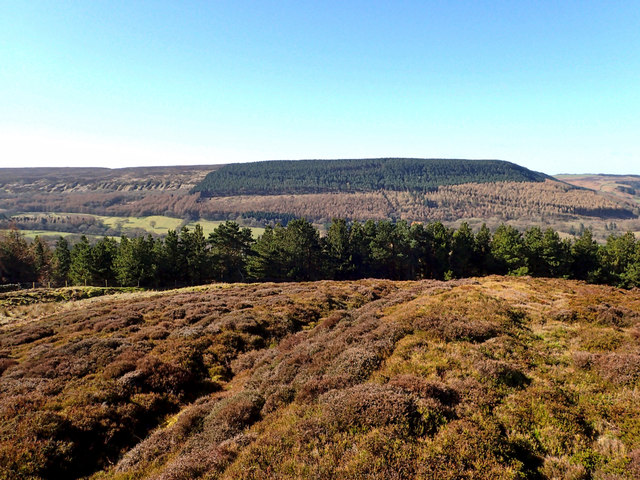
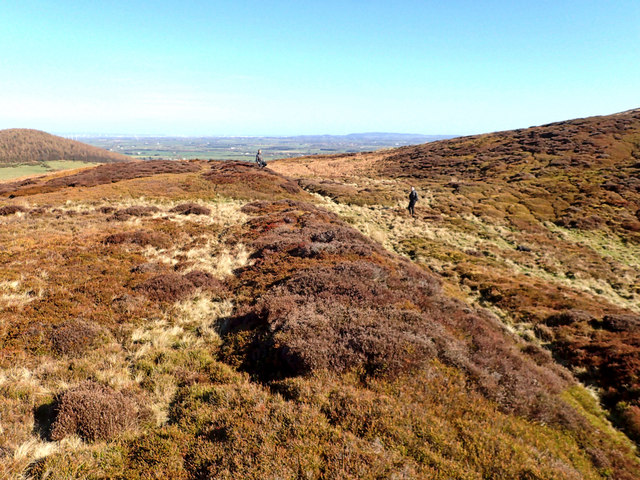
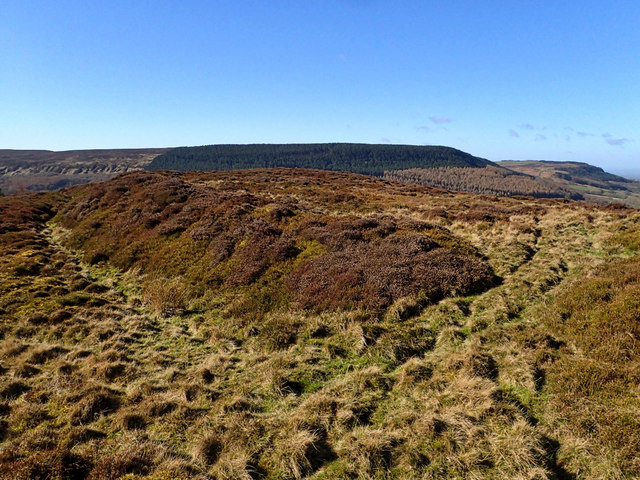
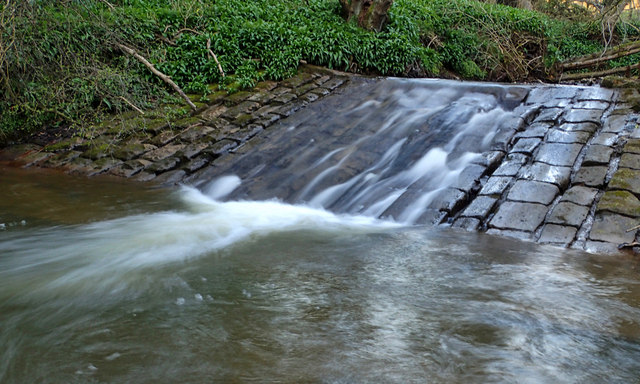

Bittling Mill Wath is located at Grid Ref: NZ4800 (Lat: 54.399165, Lng: -1.249283)
Division: North Riding
Administrative County: North Yorkshire
District: Hambleton
Police Authority: North Yorkshire
What 3 Words
///typhoon.carbon.emulated. Near Stokesley, North Yorkshire
Nearby Locations
Related Wikis
Swainby
Swainby is a village in the Hambleton District of North Yorkshire, England. It is situated on the A172 road, 8 miles (13 km) north-east from Northallerton...
Whorlton, North Yorkshire
Whorlton is a hamlet and civil parish in the Hambleton District of North Yorkshire, England. It is very near Swainby and the A19, and 6 miles south west...
Whorlton Castle
Whorlton Castle is a ruined medieval castle situated near the abandoned village of Whorlton (at grid reference NZ4802) in North Yorkshire, England. It...
Sheepwash, North Yorkshire
Sheepwash is a popular tourist spot in the North York Moors, North Yorkshire, England. It is located on Cod Beck which flows into Cod Beck Reservoir near...
Faceby
Faceby is a small village and civil parish in North Yorkshire, England. It is at the north-west corner of the North York Moors and near Stokesley. ��2...
Cod Beck Reservoir
Cod Beck Reservoir is a man-made lake situated within the North York Moors National Park and near the village of Osmotherley in the English county of North...
Potto, North Yorkshire
Potto is a village and civil parish in the Hambleton district of North Yorkshire, England. It is 5 miles (8 kilometres) south-west of Stokesley and near...
Cleveland Hills
The Cleveland Hills are a range of hills on the north-west edge of the North York Moors in North Yorkshire, England, overlooking Cleveland and Teesside...
Nearby Amenities
Located within 500m of 54.399165,-1.249283Have you been to Bittling Mill Wath?
Leave your review of Bittling Mill Wath below (or comments, questions and feedback).
